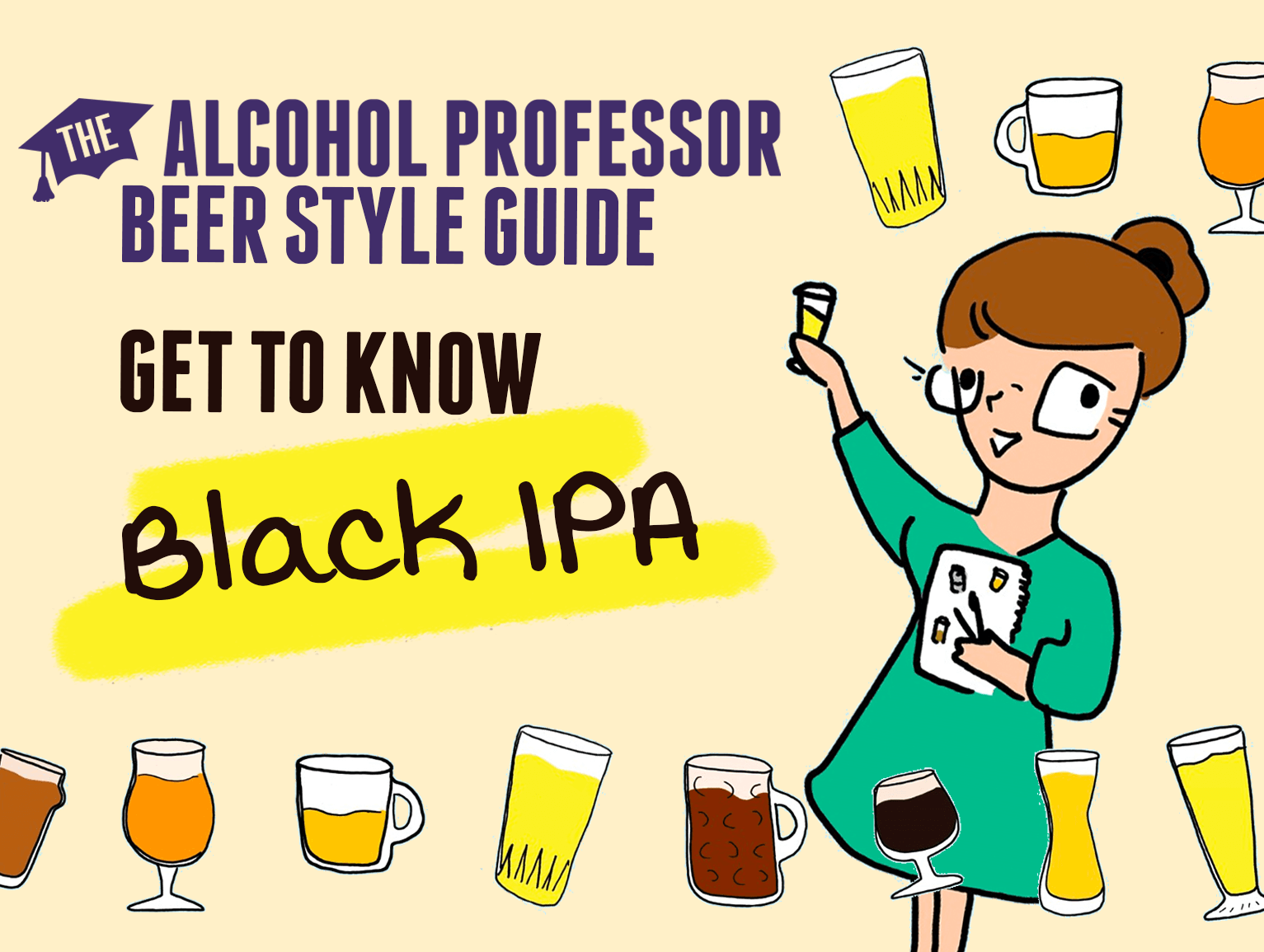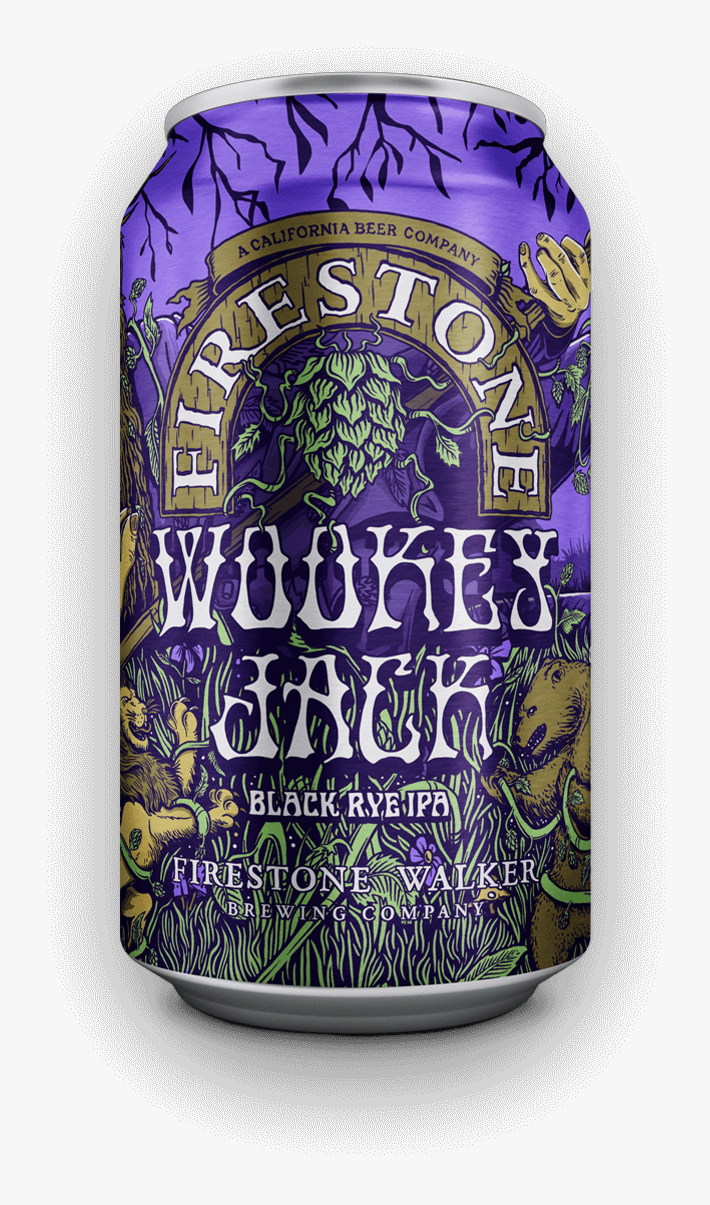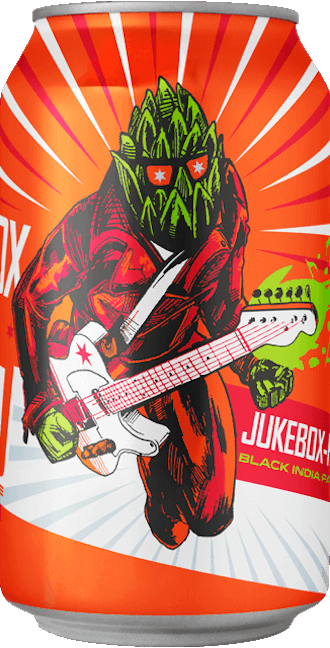Beer Style Guide: Get to Know Black IPA with Em Sauter
The black IPA (or is it Cascadian dark ale?) was a very popular style from around 2010 until about 2016 when the New England IPA took over but it’s making a slight comeback and its roots are also from New England, well, depending on who you talk to.
History of Black IPA
Most people look to influential brewer Greg Noonan, who brewed in New Hampshire and Vermont in the 80s and 90s (and was the author of the New Brewing Lager Beer for Brewers Publications) as the creator of the commercial black IPA, as he made Blackwatch IPA in 1990, a beer totally ahead of its time. The term Cascadian dark ale comes from homebrewer Bill Wood, who coined the phrase in 2007. Randy Mosher credits the first black IPA/CDA to Rogue’s Skullsplitter IPA. Many people in the Pacific Northwest think the Cascadian dark ale is different from the Black IPA but as someone who has had both, I can’t tell the difference. Jeff Alworth (who lives in Portland, OR), in his book “The Beer Bible” says they are the same so I’m going to go with that.
Black IPAs had a huge moment in 2010 when they became very popular, especially on the west coast of America where hops are grown. Many large breweries had commercially made black IPAs and it was in demand. This popularity only lasted about five years, during the “IPAs of all colors” trend, which is the part of beer history we are currently on and will be on for at least another month or two. During that time, almost anything was “IPA-ed” to mostly great success.
How Black IPA is Made
In theory, a black IPA shouldn’t work: roasty malts plus piney and citrus bitterness? Won’t that just blow out the palate? Using debittered (made by removing most of the husk) dark malts or Sinamar (a malt syrup used in dark beers) can add color and flavors of dark chocolate, coffee and slightly burnt toast without too much astringency. Dark malts are used in very small amounts, about usually 10% or less of the total grain bill with the remaining being pale malts which contribute the sugars needed to create alcohol. With dark malts, a little goes a long way; so just the hint of roast plus American hops that favor grapefruit peel (looking at you Cascade or Citra hops) create a lovely balance. American ale yeast is typical for this style. ABVs can range from 5%-9%.
Black IPA Food Pairing
Black IPAs can be pretty intense so they need foods that will stand up to this robustness. Fatty grilled meats like steak or burgers make a good pair because both have a charred aspect to them. Dark chocolate desserts also work well because of the orange bitterness in the beer harmonizing with the bitterness of the malt and chocolate. With beer and food pairings, matching intensities is key to the success of the pairing.
Beers to Try
Firestone Walker Wookey Jack
A black rye IPA that was made as a year-round beer until it was discontinued. It is now back as a winter seasonal. The rye adds more complexity than a typical black IPA and this is one of the best examples of the style I know. Great to see it return.
Revolution Jukebox Hero
Revolution CMO Doug Veliky is a big fan of the black IPA so it would make sense that Revolution would brew one. The Chicago based brewery makes a “hero” brand series of IPAs and this is one of the newest to add to the roster as a seasonal on draft.
Your Local Brewpub
Speciality IPAs, especially ones of a “vintage” nature such as the black IPA, are best sought out at local breweries. It’s your best chance to see one in the wild.




